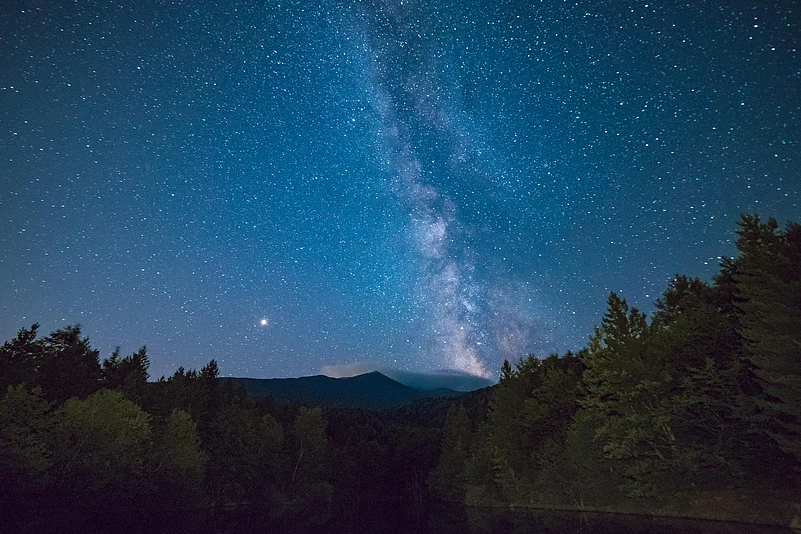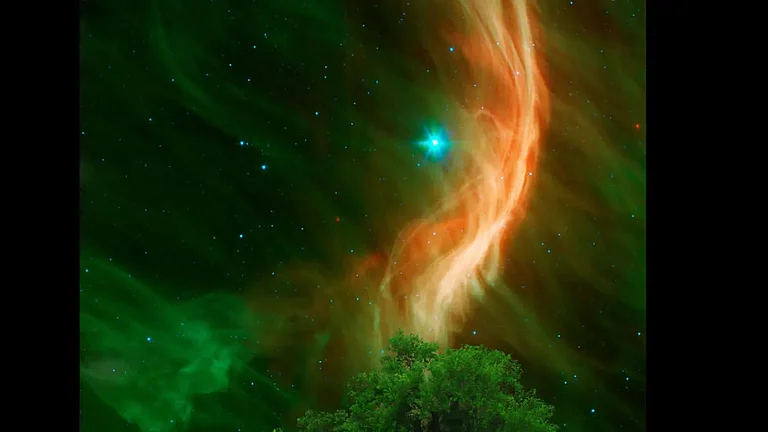As July and August roll in, it's prime time for a celestial extravaganza in the Northern Hemisphere: the Milky Way's grand entrance. Picture this—under a clear night sky, the dazzling heart of our galaxy lights up, showcasing billions of stars in a cosmic arc that's simply out of this world.
But here's the catch: unless you're in the right place at the right time, chances are you'll miss out. For folks in North America and Europe, catching a glimpse of the Milky Way means escaping urban lights and dodging pesky moonlight, which only leaves about 10 nights per month when the sky's truly dark enough. No wonder a whopping 80% of North Americans have never seen this cosmic marvel in person!
According to the sky experts at Capture The Atlas, the Milky Way's showtime spans from March to September in the Northern Hemisphere, with a bit more viewing time for our friends down south. The galaxy's appearance varies depending on where you are and what time of year it is: early mornings from March to June, and evenings from July to October.
Now, here's the insider tip: for the best views, aim for those moonless nights, especially around the new moon phase. That's when the moon takes a backseat, making way for a stellar spectacle.
Mark your calendars for these stellar dates this summer and fall:
June 28 - July 8
July 28 - August 7
August 26 - September 6
September 24 - October 5
Timing matters too, especially around sunset and sunrise, which shrink the window of darkness—key for catching the Milky Way right after dusk. Remember, let your eyes adjust to the dark for at least 20 minutes before stargazing. No peeking at bright screens!
Finding a dark-sky spot is crucial. Tools like DarkSky's Find a Dark Sky Place or light pollution maps are your allies in locating those perfect, starry retreats. Once you're there, the naked eye will reveal the Milky Way's majestic band, but binoculars or a small telescope can zoom in on distant wonders, making 2024 a stargazer's dream come true.
And here's a neat trick: the farther south you go, the higher Sagittarius—and its bright, central black hole—climbs in the sky. So, whether you're in New York or Miami, keep an eye on that southern horizon for an unforgettable night under the stars.
Whether you're a seasoned sky watcher or new to the cosmic scene, this summer promises some of the best Milky Way moments yet.

















